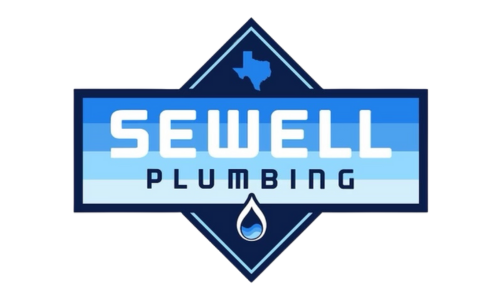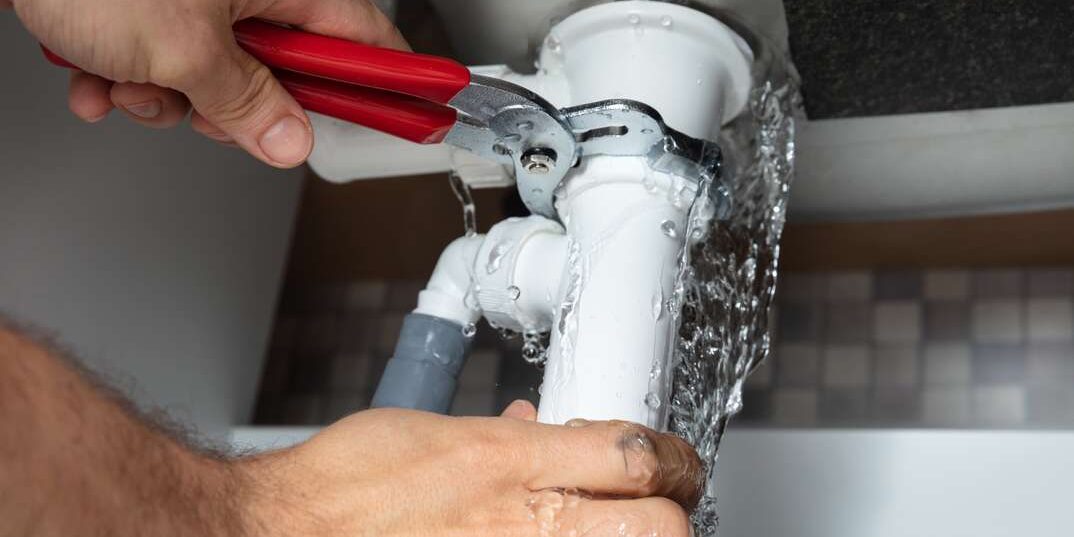From minor leaks to major bursts, pipe damage can wreak havoc on your home. In this comprehensive guide, we’ll explore everything you need to know about pipe repair, including DIY methods, professional services, prevention tips, and more.
Understanding Pipe Damage
Types of Pipe Damage
Pipe damage comes in various forms, including corrosion, leaks, cracks, and breaks. Understanding the type of damage is crucial for selecting the appropriate repair method.
Causes of Pipe Damage
Pipe damage can result from factors such as age, corrosion, freezing temperatures, and root intrusion. Identifying the root cause is essential for preventing future damage.
Signs of Pipe Damage
Keep an eye out for signs such as water stains, mold growth, reduced water pressure, and unusual noises. Early detection can prevent minor issues from escalating into major problems.
DIY Pipe Repair Methods
Temporary Patching
Temporary solutions like epoxy putty or tape can provide a quick fix for minor leaks. These methods are easy to apply and can take you time until a permanent repair can be made.
Pipe Clamps
Pipe clamps are handy for repairing small leaks. Simply place the clamp over the damaged area and tighten the screws to create a tight seal. This temporary fix can prevent further water damage while you arrange for a more permanent solution.
Pipe Wraps
Pipe wraps are a popular choice for repairing minor cracks in pipes. These wraps are made of fiberglass or rubber and provide a durable, waterproof seal. Simply wrap the damaged area and apply pressure to activate the adhesive.
Common Pipe Repair Tools and Materials
Pipe Cutters
Pipe cutters come in various types, including ratcheting and rotary cutters. These tools are essential for cutting through pipes cleanly and accurately during repairs or replacements.
Pipe Wrenches
Pipe wrenches come in different sizes and designs to accommodate various pipe diameters. They provide a firm grip for loosening and tightening pipes, fittings, and nuts.
Repair Materials
Epoxy putty, pipe wraps, and soldering equipment are among the essential materials for pipe repair. These products provide durable seals and ensure long-lasting repairs.
Professional Pipe Repair Services
Pipe Inspection Techniques
Professional plumbers use advanced techniques like camera inspection and leak detection to identify pipe damage. These methods allow them to pinpoint the exact location and extent of the damage, ensuring accurate repairs.
Pipe Replacement
In cases of severe damage or extensive corrosion, partial or full pipe replacement may be necessary. Professional plumbers have the expertise and equipment to replace pipes efficiently and minimize disruption to your home.
Trenchless Repair Methods
Trenchless repair methods like pipe relining and pipe bursting are ideal for repairing underground pipes without the need for extensive excavation. These techniques are less invasive and can save time and money compared to traditional repair methods.
Factors Affecting Pipe Repair Costs
Type of Damage
The extent and severity of the damage play a significant role in determining repair costs. Minor leaks may be relatively inexpensive to repair, while major bursts or extensive corrosion can be more costly.
Pipe Material
The material of the pipe also affects repair costs. Copper pipes are more expensive to repair than PVC or PEX pipes. Additionally, the availability of replacement parts can impact repair costs.
Accessibility
The accessibility of the damaged pipe can affect repair costs. Pipes located in hard-to-reach areas may require additional time and labor to repair, increasing the overall cost of the repair job.
Tips for Preventing Future Pipe Damage
Regular Maintenance
Schedule regular inspections and maintenance to catch potential issues early. Addressing minor leaks and corrosion promptly can prevent more significant problems down the line.
Protecting Pipes from Freezing
Insulate exposed pipes and use heat tape to prevent freezing during cold weather. Frozen pipes can burst and cause extensive water damage to your home.
Tree Root Prevention
Avoid planting trees or shrubs near underground pipes to prevent root intrusion. Tree roots can penetrate pipes, leading to clogs, leaks, and other damage.
Environmental Impact of Pipe Repair
Water Conservation
Repairing leaks promptly can help conserve water and reduce your water bill. Even small leaks can waste a significant amount of water over time.
Material Disposal
Dispose of old pipes and repair materials responsibly to minimize environmental impact. Recycle materials whenever possible and follow local regulations for disposal.
Energy Efficiency
Repairing leaks and maintaining your plumbing system can improve energy efficiency by reducing water waste and the strain on your water heater.
Case Studies: Successful Pipe Repair Stories
DIY Success Stories
Many homeowners have successfully repaired pipes themselves using DIY methods. From temporary patches to full replacements, these stories showcase the effectiveness of DIY repairs.
Professional Repair Successes
Professional plumbers have the skills and expertise to tackle even the most challenging pipe repairs. These case studies highlight the importance of hiring a professional for complex repair jobs.
Lessons Learned
From DIY mishaps to professional triumphs, there are valuable lessons to be learned from each repair story whether DIY or professional, timely action and proper maintenance are key to successful pipe repair.
FAQs About Pipe Repair
How long does pipe repair take?
The time required for pipe repair depends on the extent of the damage and the repair method used.
Can I repair a pipe myself?
Minor repairs can often be DIYed, but complex issues may require professional intervention.
What is the average cost of pipe repair?
Pipe repair costs vary depending on factors such as the type of damage, pipe material, and accessibility.
How do I prevent pipe damage?
Regular maintenance, protecting pipes from freezing, and avoiding root intrusion can help prevent pipe damage.
Is pipe repair covered by insurance?
It depends on your insurance policy and the cause of the damage. Check with your insurance provider for details.
What are the signs of a pipe leak?
Signs of a pipe leak include water stains, mold growth, reduced water pressure, and unusual noises.
Can I use DIY pipe repair kits?
DIY pipe repair kits can be effective for minor leaks, but consult a professional for complex issues.
How do I choose a pipe repair service?
Look for licensed and insured plumbers with experience in pipe repair. Ask for recommendations and read reviews before making a decision.
Will repairing a leaky pipe save me money?
Repairing a leaky pipe can save you money on your water bill and prevent costly water damage to your home.
What should I do if I discover a pipe leak?
Shut off the water supply to the affected area and contact a professional plumber for repairs.
Conclusion
In conclusion, pipe repair is a crucial aspect of home maintenance that shouldn’t be overlooked. Whether you opt for DIY repairs or hire a professional, addressing pipe damage promptly can save you time, money, and headaches in the long run. By understanding the causes of pipe damage, implementing preventive measures, and knowing when to seek professional help, you can ensure a reliable and efficient plumbing system for your home.







